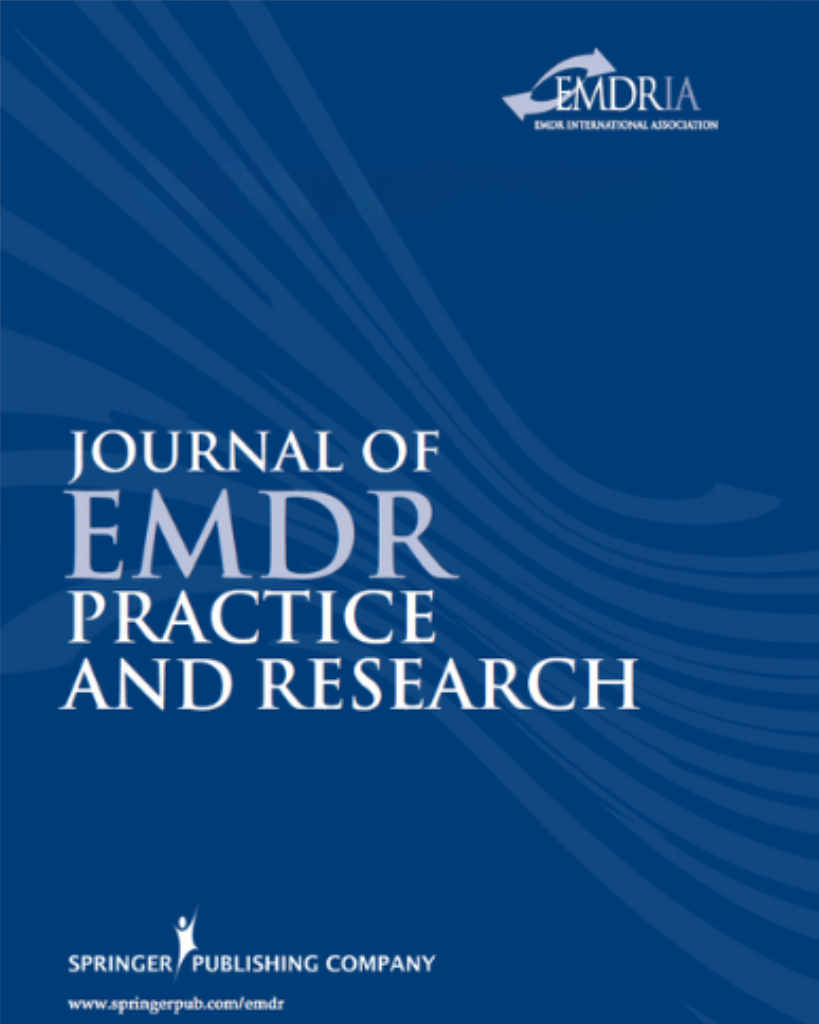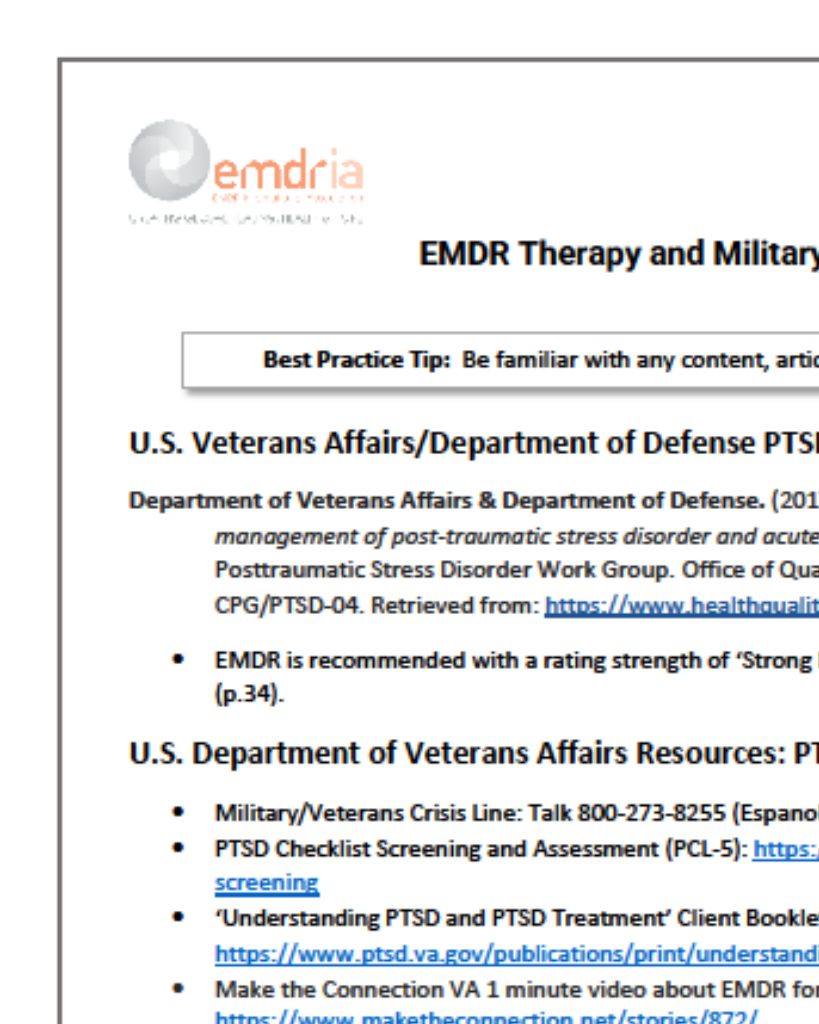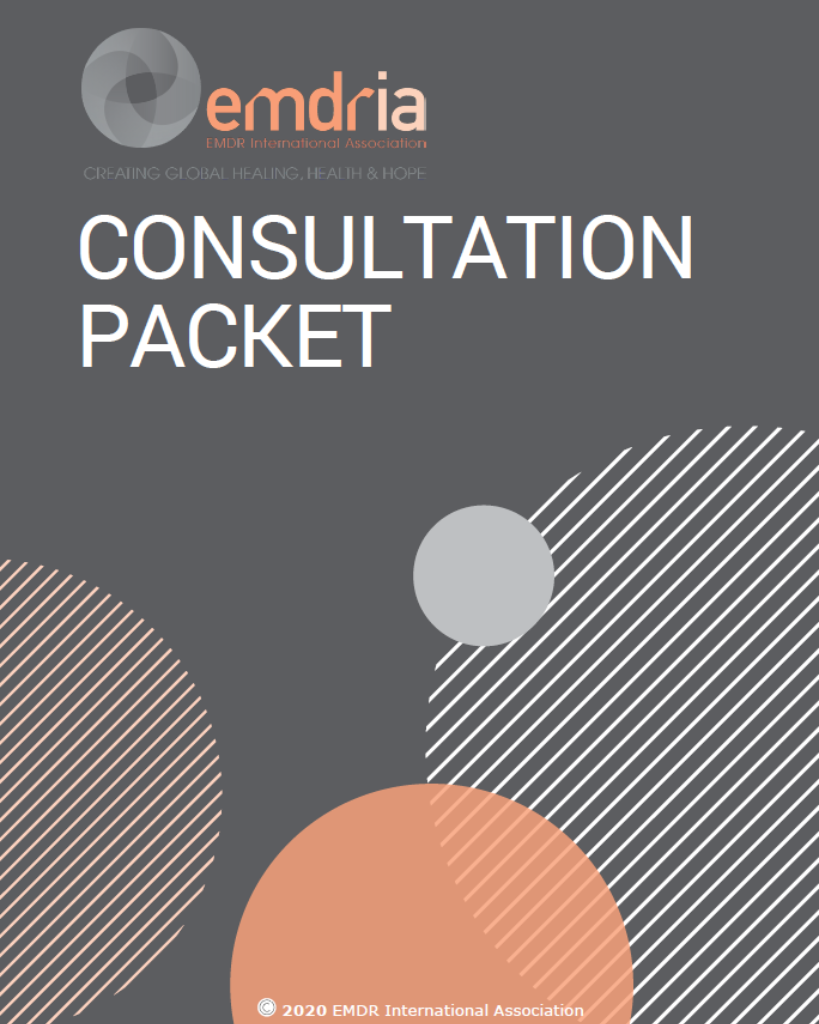A Case Study: The Integration of Intensive EMDR and Ego State Therapy to Treat Comorbid Posttraumatic Stress Disorder, Depression, and Anxiety
EMDR and ego state therapy for an individual diagnosed with comorbid PTSD, major depressive disorder, and generalized anxiety disorder.
Article Abstract
“This study used a quantitative, single-case study design to examine the effectiveness of the integration of intensive eye movement desensitization and reprocessing (EMDR) and ego state therapy for the treatment of an individual diagnosed with comorbid posttraumatic stress disorder (PTSD), major depressive disorder (MDD), and generalized anxiety disorder (GAD). The participant received 25.5 hr of treatment in a 3-week period, followed with 12 hr of primarily supportive therapy over the next 6-week period. Clinical symptoms decreased as evidenced by reduction in scores from baseline to 6-week follow-up on the following scales: Beck Depression Inventory (BDI) from 46 (severe depression) to 15 (mild mood disorder), Beck Anxiety Inventory (BAI) from 37 (severe anxiety) to 25 (moderate anxiety), and Impact of Events Scale from 50 (severe PTSD symptoms) to 12 (below PTSD cutoff ). Scores showed further reductions at 6-month follow-up. Results show the apparent effectiveness of the integration of intensive EMDR and ego state work.”
—Description from publisher
Article Access
Open Access
Lobenstine, F., & Courtney, D. (2013). A Case Study: The Integration of Intensive EMDR and Ego State Therapy to Treat Comorbid Posttraumatic Stress Disorder, Depression, and Anxiety. Journal of EMDR Practice and Research, 7(2), 65–80. https://doi.org/10.1891/1933-3196.7.2.65
About the Journal
The Journal of EMDR Practice and Research is a peer-reviewed publication devoted to integrative, state-of-the-art papers about Eye Movement Desensitization and Reprocessing. It is a broadly conceived interdisciplinary journal that stimulates and communicates research and theory about EMDR, and their application to clinical practice. The Journal of EMDR Practice and Research is the Official Publication of the EMDR International Association.
Date
June 1, 2013
Creator(s)
Farnsworth Lobenstine, Deborah Courtney
Topics
Anxiety/Panic/Phobias, Depression, PTSD
Extent
6 pages
Publisher
Springer Publishing Company
Rights
Copyright © 2013 EMDR International Association
APA Citation
Lobenstine, F., & Courtney, D. (2013). A Case Study: The Integration of Intensive EMDR and Ego State Therapy to Treat Comorbid Posttraumatic Stress Disorder, Depression, and Anxiety. Journal of EMDR Practice and Research, 7(2), 65–80. https://doi.org/10.1891/1933-3196.7.2.65
Series
7
Installment
2
Audience
EMDR Therapists
Language
English
Content Type
Peer-Reviewed
Original Source
Journal of EMDR Practice and Research
Access Type
Open Access





